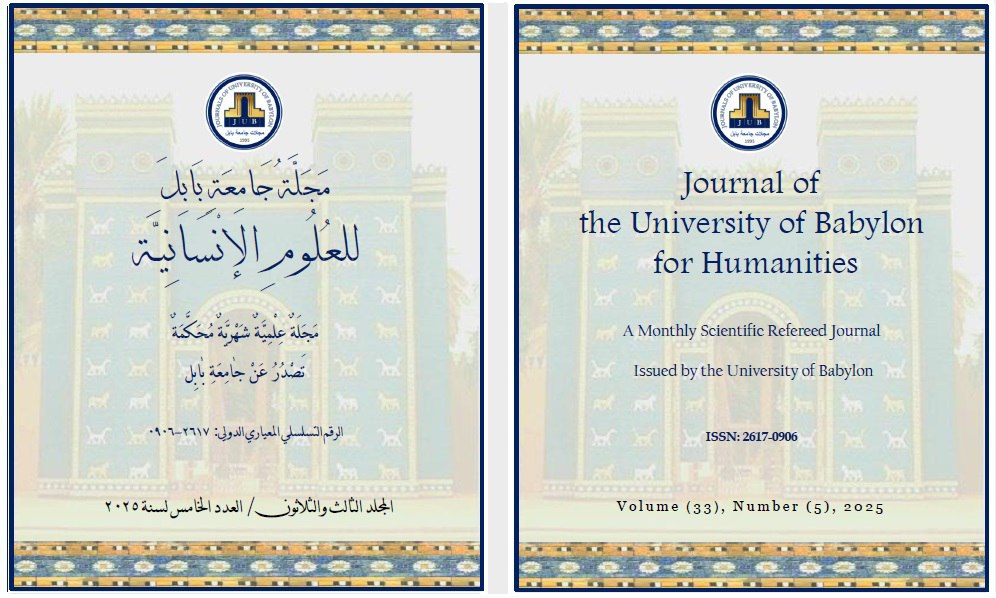The Semiotics of Weeping in the Poetry of Muslim bin Al-Waleed Al-Ansari
Main Article Content
Abstract
The study aims to trace the semiotics of weeping of the eye and its related elements in all its expressive systems, in a traditional poetic code, which is the famous collection of poems by the Abbasid poet (Muslim bin Al-Walid Al-Ansari), in light of a semiotic approach based on scientific mechanisms derived from the semiotic approach of Peirce, which is the approach that studies the science of linguistic and non-linguistic signs, and their connotations, and its foundations were established by the American philosopher “Charles Sanders Peirce” in his book “Writings on the Sign”, and Peirce believes that the entire universe is made up of signs, so everything in the universe is a sign, and the reader has only to decipher the codes of these signs through the act of interpretation, through three levels controlled by three interpreters: (the direct interpreter, the dynamic interpreter, and the final interpreter), and this sign takes three forms according to Peirce: “the icon, the sign, and the symbol”. The study also aims to explore the literary connotations of the crying sign to reveal hidden meanings through cognitive functions performed by the universal sign and its crying related functions such as the ontological, ideological, argumentative, aesthetic, and psychological functions, to form from these functions the poetic structures and visions of Muslim bin Al-Walid, and with them the language of literary discourse of the poet becomes clear, through the icons of the Bourcyan semiotic method and its signs and symbols, through the three previous interpretations.
The research problem is represented in the following questions:
A- What is the crying sign? What are its related functions? How are its expressive systems formed in the poetry of the victim of the girls?
B- What is the effective role played by the crying sign and its related functions in the dynamic interpretive process?
C- How do the crying sign and its related functions represent a sign of expression and a subject of thought in the poet's poetry (icon, sign, symbol)?
Th- What are the semiotic functions that the crying sign and its accessories play at the level of the final interpreter?
The study concluded: the dominance of the crying sign and its accessories in the poet's poetry, and the difference in its dynamic formations between the icon, the sign, and the symbol, and the effectiveness of modern critical methods in revealing the hidden essence of the ancient Arab heritage, and it played a role in performing a set of semiotic functions such as the ontological, existential, ideological, argumentative, aesthetic, and psychological functions.
Article Details
Issue
Section

This work is licensed under a Creative Commons Attribution 4.0 International License.

